Introduction
Many still believe employee monitoring is nothing more than digital spying, while others assume it’s only meant for remote teams or even outright illegal. These myths not only stop businesses from using monitoring effectively but also create unnecessary fear and resistance among employees.”
In this article, we’ll break down the 7 most common employee monitoring myths—and reveal the facts that leaders should know in 2025. By the end, you’ll understand how ethical monitoring can boost both productivity and trust.
Myth 1 – Employee Monitoring Equals Micromanagement
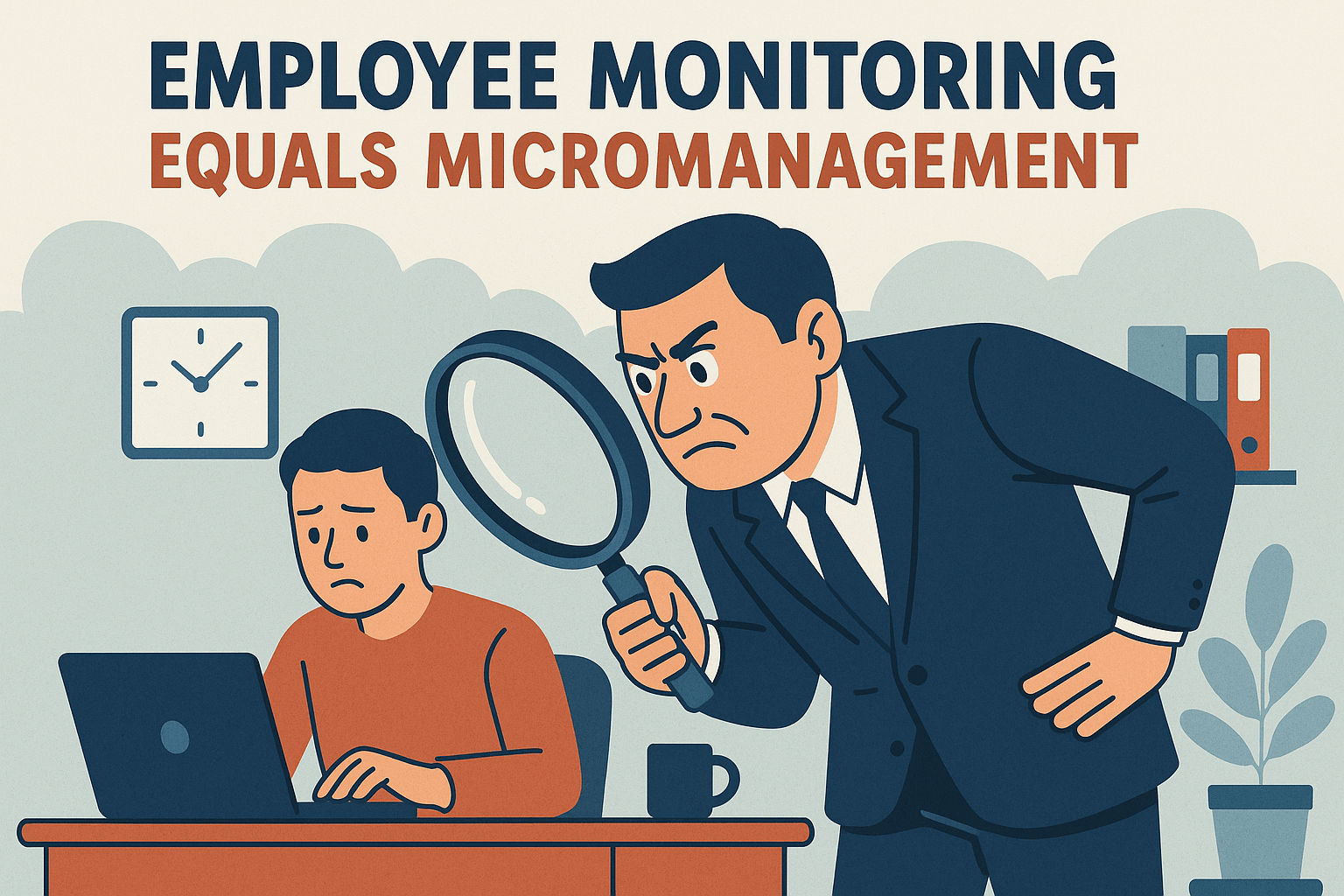
One of the biggest misconceptions is that employee monitoring is just a high-tech way of micromanaging teams. Many imagine a manager watching every keystroke or screenshot in real time, waiting to call out mistakes.
The reality is very different.
Modern monitoring tools are designed to provide insights, not control. Instead of hovering over individual actions, they give leaders a broader view of:
- How time is distributed across tasks and projects
- Which apps and tools are used most frequently
- Where bottlenecks or workflow inefficiencies are slowing progress
Example: A software development team might discover through monitoring that too much time is being spent in status meetings. With that data, they restructure meetings, free up hours of focused work, and improve team output—without ever micromanaging.
💡 Takeaway: Employee monitoring isn’t about breathing down someone’s neck. It’s about identifying patterns that help people work smarter, not harder.
Myth 2 – Monitoring Destroys Employee Trust
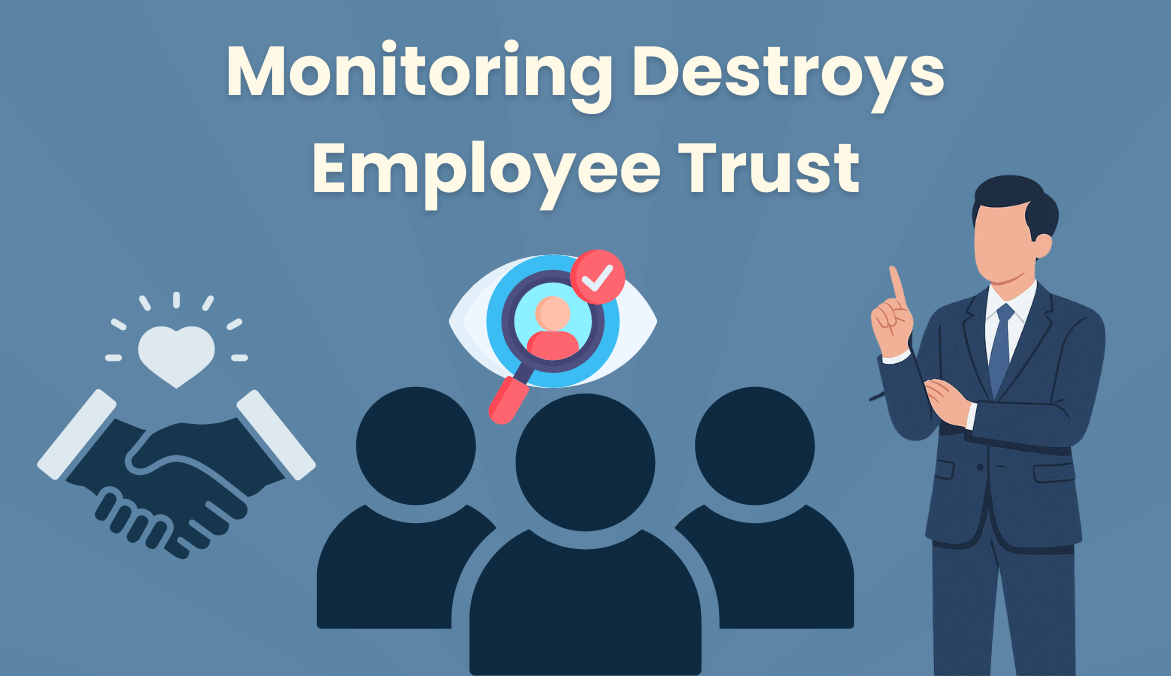
The truth is that it’s not monitoring itself that erodes trust—it’s how it’s implemented.
When monitoring is introduced without explanation, it can feel intrusive. But when organizations take the time to communicate clearly—explaining what’s being tracked, why it matters, and how the data will be used—employees are far more likely to accept it.
In fact, companies that share dashboards with employees often find that monitoring strengthens transparency. Workers see the same data as managers, which helps clarify expectations and even highlights their contributions.
💡 Takeaway: Monitoring doesn’t destroy trust. Lack of communication and transparency does.
Myth 3 – Monitoring Is Only for Remote Teams
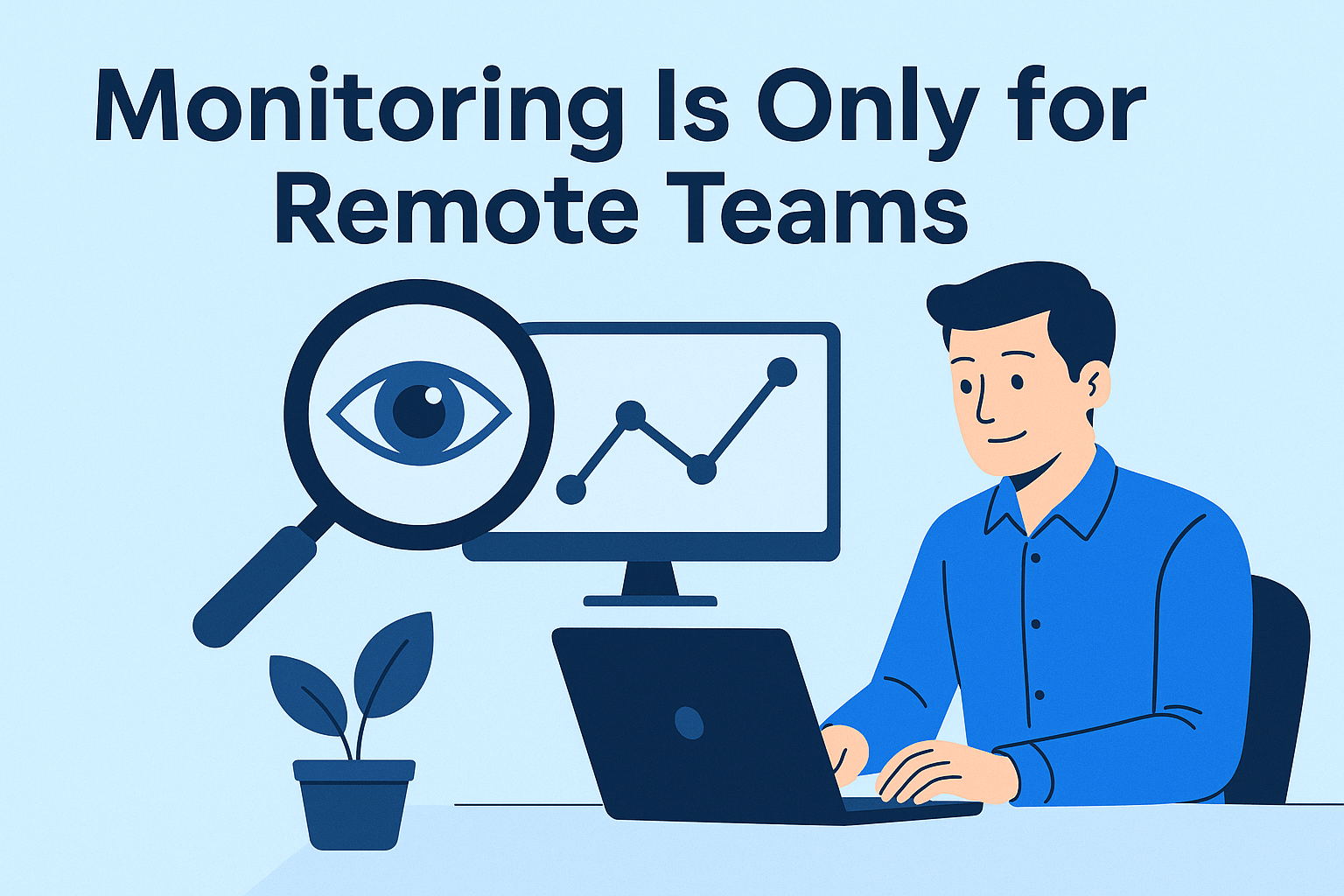
In reality, monitoring adds value across remote, hybrid, and in-office environments.
- In hybrid workplaces, it helps balance workloads and ensures fairness between office and remote staff.
- In on-site teams, it highlights efficiency trends, resource usage, and time spent across departments.
- In industries like healthcare, finance, or IT, monitoring also supports compliance and security.
💡 Takeaway: Monitoring isn’t a “remote-only” tool. It’s a universal solution for visibility and accountability across work models.
Myth 4 – Employee Monitoring Is Illegal
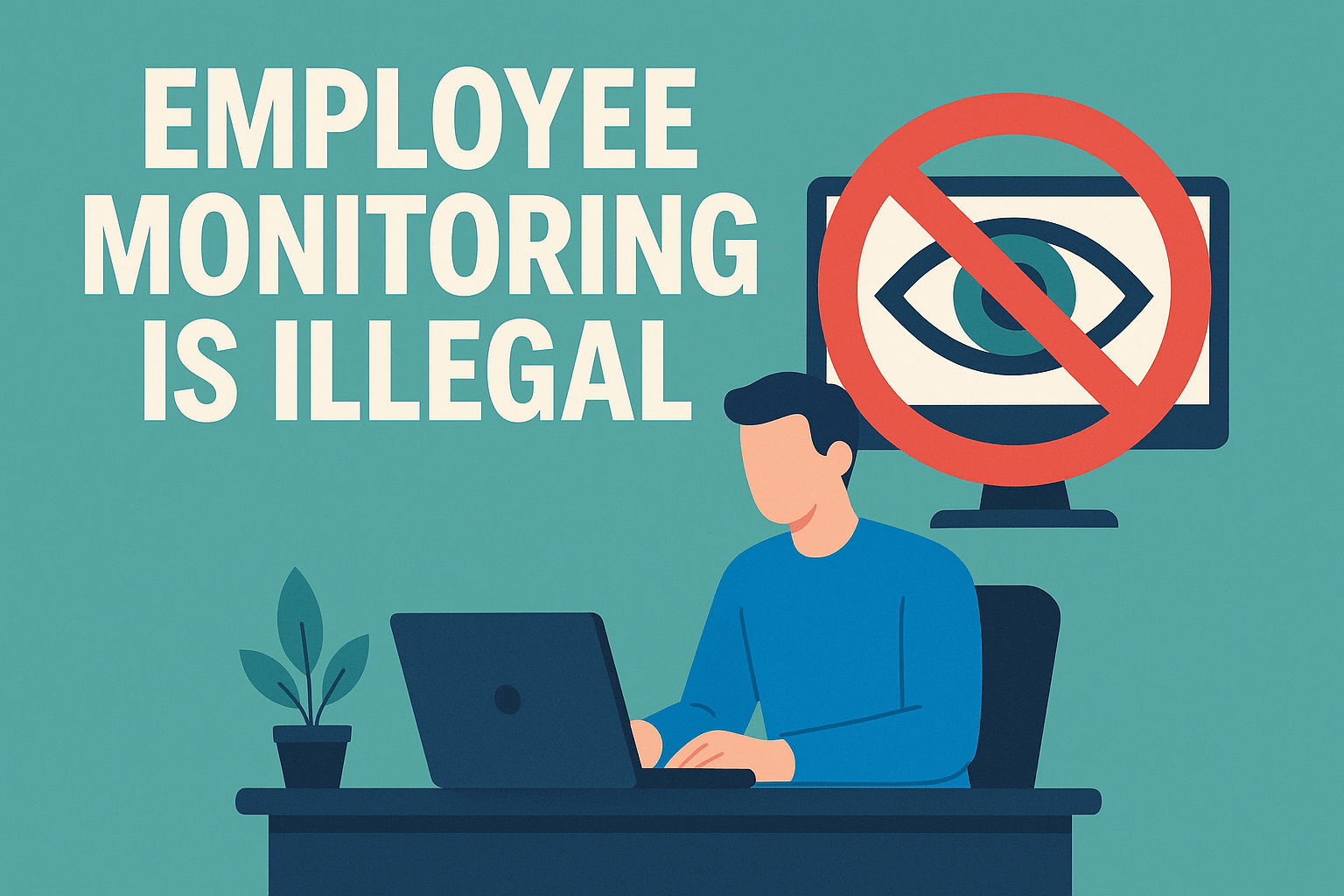
The fact is that in most countries, employee monitoring is legal—as long as companies disclose it and follow data protection regulations.
- In the US, employers can monitor company-owned devices with proper notice.
- In the EU, GDPR requires explicit justification and proportional use of data.
- In India and APAC regions, laws vary, but transparency is always key.
Myth 5 – Monitoring Reduces Productivity
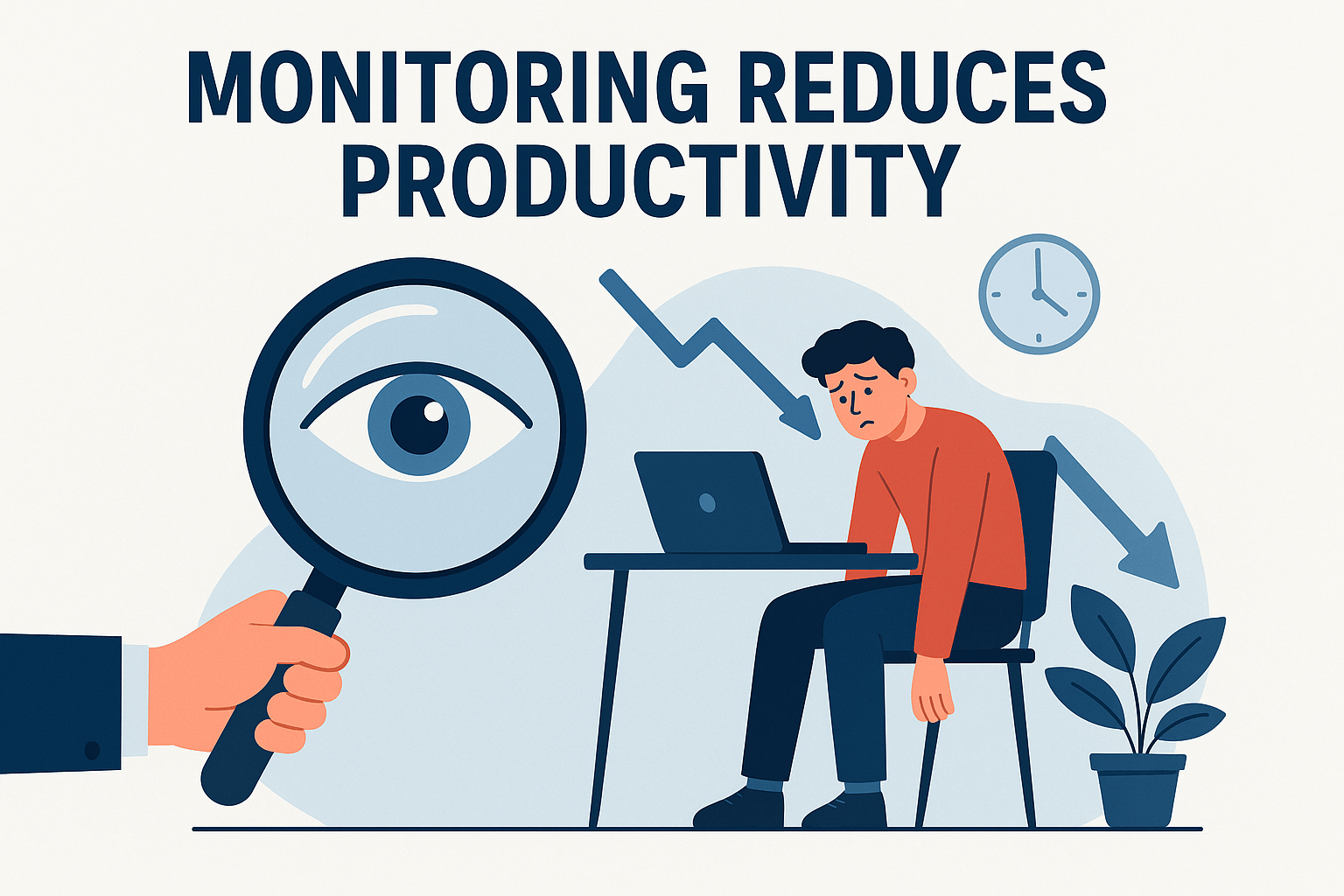
But evidence shows the opposite: when monitoring is positioned as a support tool, productivity improves.
- It identifies bottlenecks and repetitive tasks that drain time.
- It highlights overwork patterns before burnout happens.
- It allows managers to make data-driven changes instead of assumptions.
💡 Takeaway: Monitoring doesn’t reduce productivity—it optimizes it when data is used to improve systems, not punish people.
Myth 6 – Monitoring Only Benefits Employers
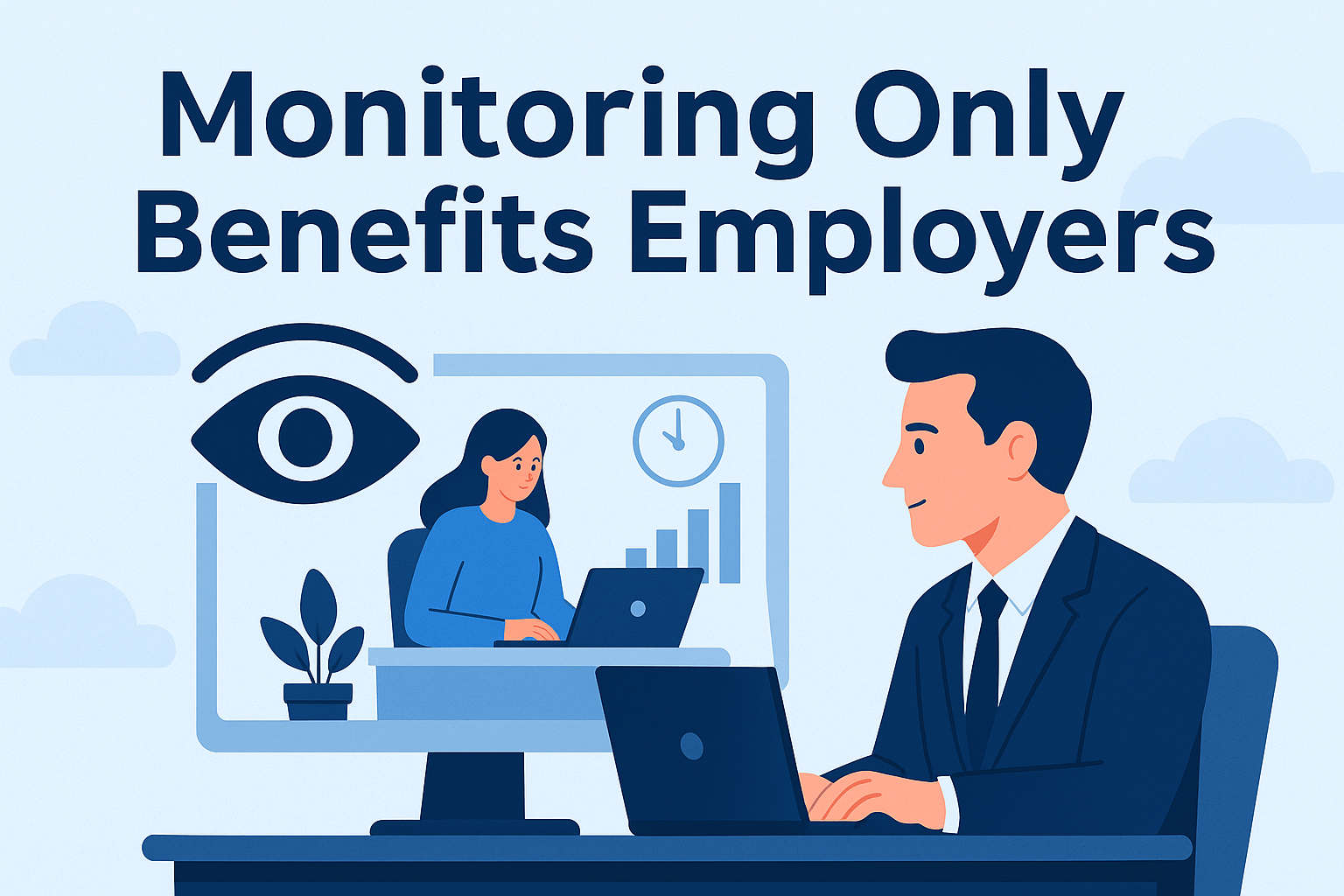
In reality, employees benefit too.
- With access to monitoring dashboards, they can track their own performance.
- It gives them proof of effort and output in performance reviews.
- It highlights workload imbalances, which can lead to fairer distribution of tasks.
💡 Takeaway: Monitoring isn’t one-sided. Done right, it creates fairness and empowers employees to advocate for themselves.
Myth 7 – All Monitoring Tools Are the Same
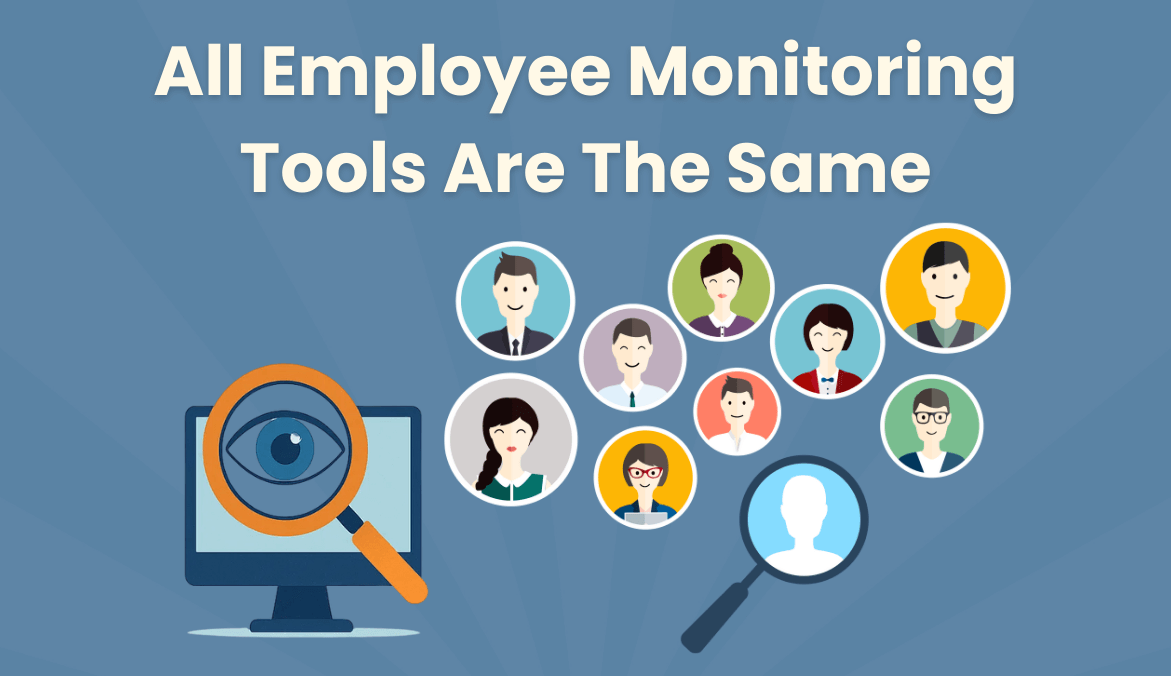
But there’s a huge difference between intrusive “bossware” and ethical monitoring platforms.
- Bossware: tracks every keystroke, webcam, or mouse movement—often without consent.
- Ethical monitoring: focuses on productivity patterns, transparency, and compliance.
💡 Takeaway: Not all tools are created equal. Choosing the right monitoring system makes the difference between distrust and empowerment.
Conclusion: Busting the Myths for Smarter Monitoring
Key Takeaways – What Leaders Should Really Know About Monitoring
- Employee monitoring is about efficiency, fairness, and growth, not spying.
- Myths fuel fear, while facts show monitoring can improve both culture and performance.
- With transparency, purpose-driven use, and the right tools, monitoring becomes a partnership—not a punishment.
Ready to Monitor Smarter?
- Real-time productivity insights without micromanagement
- Transparent dashboards employees can also access
- Ethical practices designed to balance performance with well-being
- Scalable for remote, hybrid, and office teams
 Gift Card ₹999
Gift Card ₹999

